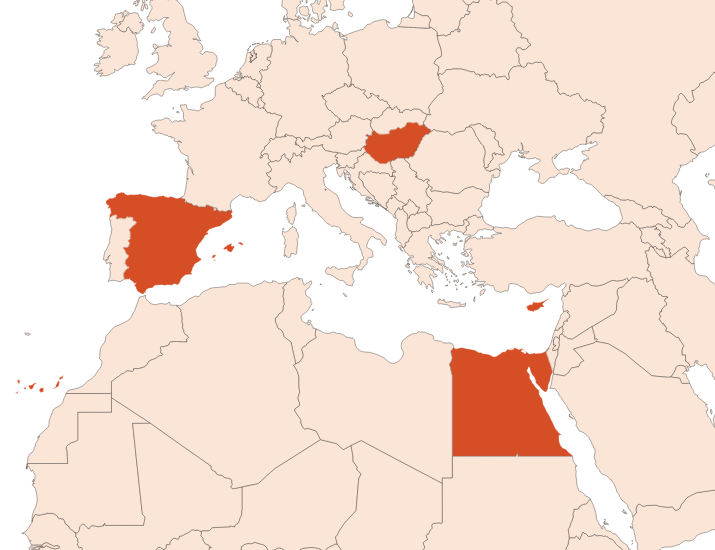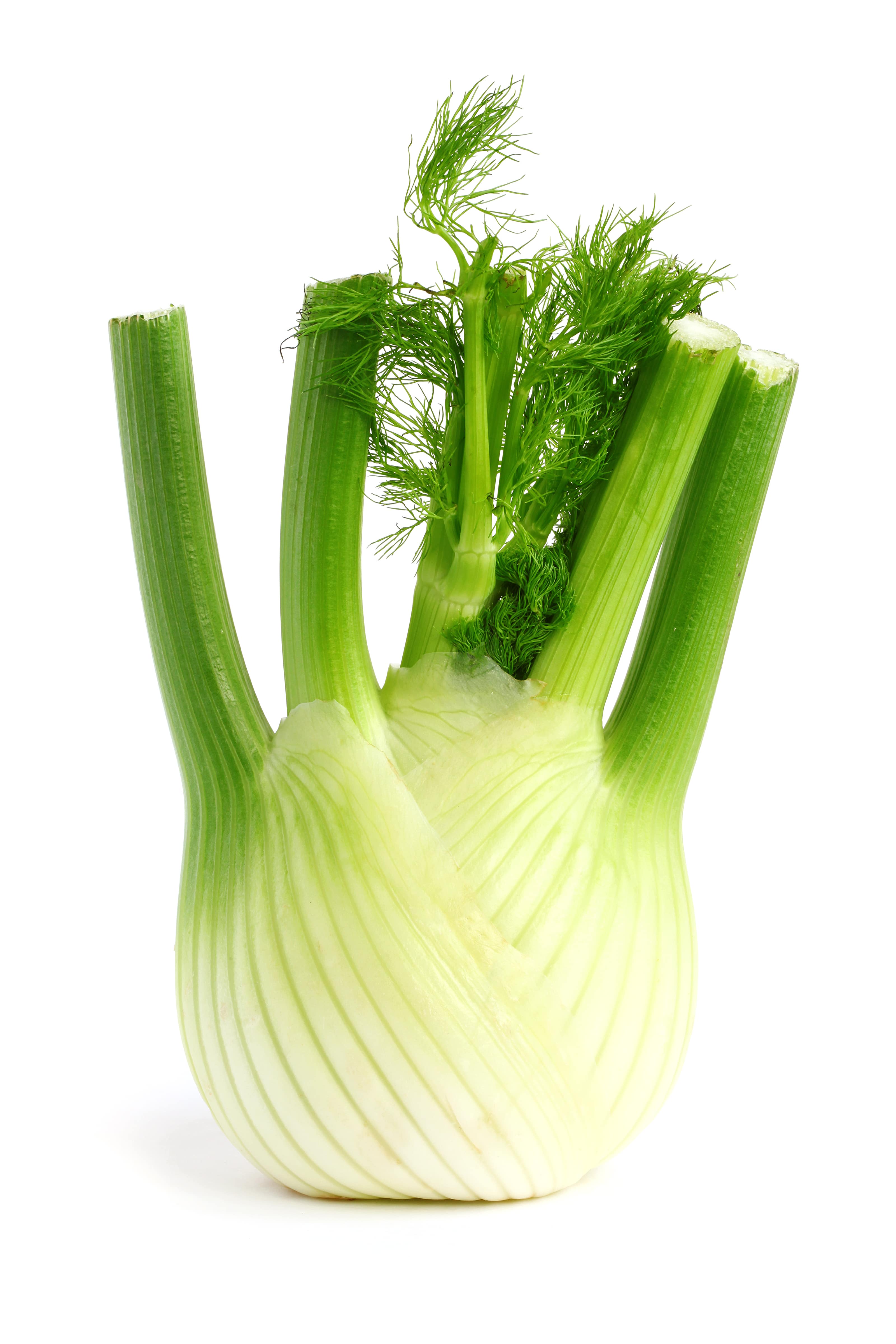| Company | Ingredient Name | ID | Comments | Naturality | Certifications | Purity | Latin name | Treated part | Geographical origin | MOQ |
|---|---|---|---|---|---|---|---|---|---|---|
|
|
Huile essentielle de Fenouil sauvage - 30 Gr | - |
Visit website
|
- | - | - | - | - | - | |
|
|
FENOUIL | B416 |
Visit website
|
Huile essentielle |

|
- | Foeniculum vulgare var. dulce (Mill.) Batt. & Trab. | Graine | Hongrie | - |
General Presentation
-
CAS N° : 8006-84-6
-
EINECS number : 84625-39-8
-
FEMA number : 2483
-
Appearance : Colorless liquid that crystallizes readily
-
Density : 0,950 - 0,981 @20°C
-
Volatility : Heart
-
Price Range : €€€
Physico-chemical properties
-
Optical rotation : Donnée indisponible
-
Vapor pressure : Donnée indisponible
-
Refractive Index @20°C : Donnée indisponible
-
Acid Value :
-
Flash Point :
Uses
Uses in perfumery :
Used in luxury perfumery, for the same reasons as Anethol. Less used than Anethol. Used in men's notes, fougere and eaux fraîches, for a fresh and aromatic effect.
Major Components :
- Anéthol (50-55%)
- D-Limonene (25-30%)
- Alpha-Pinene (≈4%)
- Fenchol (≈3%)
- Fenchone (≈3%)
- Estragole (≈3%)

Photo credits: ScenTree SAS
Botanical name :
Data not available.
Botanical profile :
Fennel is a plant of the Apiaceae family and the genus Foeniculum.
Chemotypes :
Three main varieties of fennel are grown around the world.
Foeniculum vulgare var. dulce : Sweet fennel, whose seeds essential oil is very consumed.
Foeniculum vulgare var. piperitum : Bitter fennel, also known for the essential oil of its seeds, containing much more pinene.
Foeniculum vulgare var. azoricum : Florence fennel, famous for the essential oil of its seeds and for its leaves.
Extraction process :
The development of a fennel plantation is done by sowing the seeds contained in the fruits of the plant. It takes about 2.5 kg of seeds to develop a one hectare crop. In low season, it takes 8 to 10 kg of seeds to perpetuate the crop on one hectare. In summer, provided the weather conditions are mild, the fennel reveals umbels of yellow flowers. These flowers give fruits, green at first, then yellow when ripe. That is when they are collected by hand to be dried, about forty days after flowering. Several crops are grown each year because not all plants bloom at the same time. After the umbels containing the fruit are dried, they are washed, the fruits are crushed and stored in small bags of jute. The crushed dried fruits are steam distilled and their moisture content must remain below 9%. After the extraction, Eucalyptus essential oil is collected in an essencier, once decanted from the water used to extract it.
Many fennel crops are biologically warranted, as the demand for organic fennel is important in developed countries. For example, all Indian cultures are organic.
Other comments :
The smell of sweet fennel is dustier and spicier than the Star Anise EO smell, which is woodier. It is also less green and alimentary than the smells of tarragon and Basil (Estragole Chemotype) EO and Tarragon EO .
Historically, fennel was a spice and herb associated with royalty and victory. For example, the Romans used fennel leaves to crown the victorious warriors.
Stability :
Aromatic compounds can be chromophoric and cause a coloration of the oil, especially in alkaline bases
Regulations & IFRA
Allergens :
IFRA 51th :
This ingredient is restricted by the 51th amendment
Annexe I :
Some regulated synthetic ingredients are found in nature and in certain proportions in natural ingredients. This presence in nature has to be taken into account when calculating limits of use recommended by the IFRA. In case you do not know these concentrations, you can use the ones estimated by the IFRA. Here they are :
| List of regulated compounds contained in this ingredient | ||
|---|---|---|
| Regulated ingredient name | CAS N° | Estimated Concentration |
| p-Methoxybenzaldehyde | 123-11-5 | 0,3 |
| p-Methoxybenzaldehyde | 123-11-5 | 0,47 |
| Estragole | 140-67-0 | 2,1 |
| Estragole | 140-67-0 | 2,32 |


